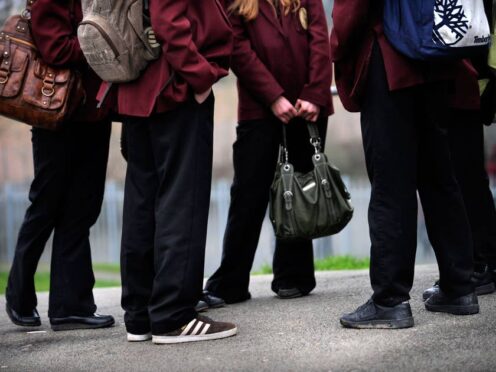
One in four children gets their political information from YouTube, while one in five sees it on TikTok, according to a survey which also suggested most cannot name their local MP.
Some 2,000 eight to 17-year-olds were asked about their political awareness as part of a coalition which is holding a children’s vote ahead of the General Election.
The polling, carried out earlier this year before the election was called, found that 70% of young people surveyed did not know the name of their local MP and half could not say which political party their MP belonged to.
Some 39% of young people said they do not understand what politicians do, the research findings suggested.
The survey, by Opinium in February in England and Wales, found that just over half (51%) of eight to 17-year-olds cited family as a source of political information, and 41% said television news.
Almost a quarter (24%) said they got political news from YouTube, while 20% said TikTok.
The mass-scale election for children, launched by a coalition of charities under the campaign Our Generation Our Vote in March, now has around 80,000 under 18s registered to take part.
Results are expected to be announced on June 28 – a week ahead of the General Election.
The coalition – which includes Save the Children, Girlguiding, and Young Citizens – aims to make political education available to young people through “credible, unbiased, curriculum-linked resources in participating schools and youth settings, with a focus on reaching those from marginalised communities”.
Meg Briody, head of child and youth participation at Save the Children UK, said: “With three weeks to go until the General Election, now is a crucial time for children’s voices to be heard.
“The results of our research reveal how young people currently feel overlooked by politicians. The polling shows us the need for political literacy projects like ‘Our Generation. Our Vote’ to engage young people in democracy and our political processes.
“We’ve teamed up with some of the UK’s leading youth organisations to create an opportunity to platform young people’s views, particularly from young people that have felt unrepresented in political spaces.”

Enjoy the convenience of having The Sunday Post delivered as a digital ePaper straight to your smartphone, tablet or computer.
Subscribe for only £5.49 a month and enjoy all the benefits of the printed paper as a digital replica.
Subscribe